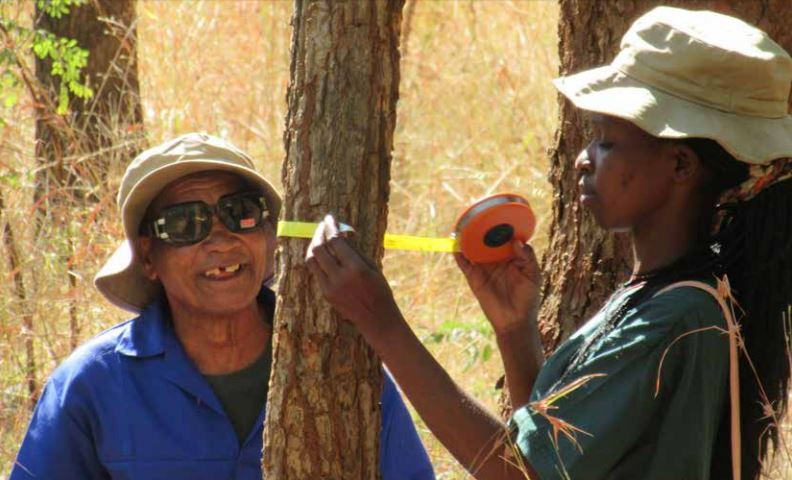Out of desperation, soldiers were dispatched to the Malawi’s national forest in 2015 to defend Malawi‘s capital, Lilongwe, which sits less than 30 miles away. Their mission was not to save the city from an invading force, but to keep water flowing to its taps.
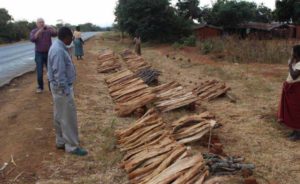 For years, wood charcoal burners had been destroying this forest, the catchment basin for the Lilongwe River, the source of the capital’s water.
For years, wood charcoal burners had been destroying this forest, the catchment basin for the Lilongwe River, the source of the capital’s water.
Fewer trees mean the ground is less able to absorb water in the rainy season and gradually surrender it the rest of the year. With the supply reaching the capital dwindling and increasingly turbid, and with the El Niño drought spreading across Malawi and the rest of southern Africa, the capital was under imminent threat.
But the response was far too late, and Lilongwe did, in fact, run out of water. Now Malawi has a far more intelligent, long-term solution: reforestation on a grand scale.
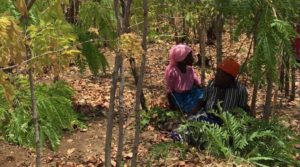 The July 2017 Regional Southern Africa Bonn Challenge (SADC+) was a high-level ministerial conference in in Lilongwe that sought to step up efforts to restore depleted forests. There, Malawi unveiled its ambitious forestry and charcoal plans to arrest and reverse forest degradation and deforestation.
The July 2017 Regional Southern Africa Bonn Challenge (SADC+) was a high-level ministerial conference in in Lilongwe that sought to step up efforts to restore depleted forests. There, Malawi unveiled its ambitious forestry and charcoal plans to arrest and reverse forest degradation and deforestation.
The government recognizes that many challenges that Malawi faces from unpredictable climate shifts and landscape degradation require immediate attention. Their National Forest Landscape Restoration (NFLR) Strategy is a powerful vehicle that can help to address these challenges.
Forest landscape restoration can also assist the country to achieve several national environment and development goals in a number of policies such as the National Charcoal Strategy (2017-2027); the National Forest Policy (2016), the National Climate Change Management Policy (2016), and the National Agriculture Policy (2016), among others.
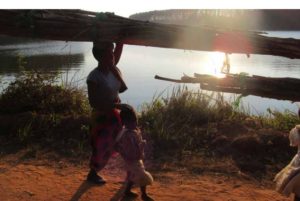 The NFLR Strategy defines the inception point for a process of regaining ecological functionality and enhancing human well-being across deforested or degraded forest landscapes. The Strategy outlines priority opportunities and interventions that can translate the potential of restoration into multiple benefits such as improved food security, increased biodiversity, improved water supply, job creation, income, carbon sequestration and enhanced resilience to climate change.
The NFLR Strategy defines the inception point for a process of regaining ecological functionality and enhancing human well-being across deforested or degraded forest landscapes. The Strategy outlines priority opportunities and interventions that can translate the potential of restoration into multiple benefits such as improved food security, increased biodiversity, improved water supply, job creation, income, carbon sequestration and enhanced resilience to climate change.
The strategy builds on the results of a participatory National Forest Landscape Restoration Assessment (NFLRA) which was carried out throughout the country. The ultimate goal is to create enabling conditions, at scale, that incentivize and reward the sustainable use of natural resources.
Broad engagement of the public sector, private sector, traditional authorities and other local community organizations will be required to successfully implement a forest landscape restoration in Malawi. “The Government of Malawi is committed to support the will of the people and cooperation among all stakeholders for the restoration of degraded lands and forests which will put Malawi on a path to a climate smart future,” the plan states.
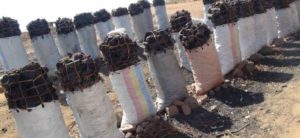 Also new is Malawi’s National Charcoal Strategy (NCS), which complements the National Forest Landscape Restoration Strategy by reducing ongoing deforestation while reforestation takes place. presents a multi-sectoral framework and approach, focused on pillars that define opportunities to incrementally address problems of charcoal production and demand in the near, medium and long term.
Also new is Malawi’s National Charcoal Strategy (NCS), which complements the National Forest Landscape Restoration Strategy by reducing ongoing deforestation while reforestation takes place. presents a multi-sectoral framework and approach, focused on pillars that define opportunities to incrementally address problems of charcoal production and demand in the near, medium and long term.
 It aligns with Malawi’s Vision 2020, the Malawi Growth and Development Strategy, and other national strategies and policies that promote broad objectives of reducing deforestation, forest degradation and dependence on solid biomass fuels.
It aligns with Malawi’s Vision 2020, the Malawi Growth and Development Strategy, and other national strategies and policies that promote broad objectives of reducing deforestation, forest degradation and dependence on solid biomass fuels.
More than 97% of households in Malawi rely on illegally and unsustainably-sourced biomass (charcoal and firewood) for domestic cooking and heating energy. This has resulted in high levels of deforestation and forest degradation throughout the country, with downstream negative impacts on water availability, hydropower-generating capacity, and more broadly, vulnerability of Malawians to climate change.
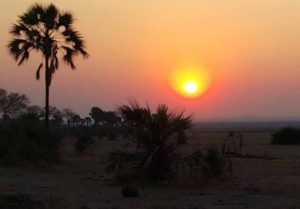 While recognizing that charcoal and firewood may continue to feature highly as a source of energy in Malawi in the immediate future, Government seeks to address this challenge in order to arrest and reverse the rate of deforestation and forest degradation. Government specifically seeks to promote alternative cooking fuels and more efficient cook stoves to decrease pressure on deforestation.
While recognizing that charcoal and firewood may continue to feature highly as a source of energy in Malawi in the immediate future, Government seeks to address this challenge in order to arrest and reverse the rate of deforestation and forest degradation. Government specifically seeks to promote alternative cooking fuels and more efficient cook stoves to decrease pressure on deforestation.
The National Charcoal Strategy also supports the implementation of various global initiatives and goals, including the UN Sustainable Energy for All (SE4ALL) by 2030. The NCS is a product of a wide consultative process and incorporates views of many stakeholders at all levels of the Malawian society, as well as lessons and experiences drawn from research at the national and international scale.
All photos courtesy of the Government of Malawi.
See WRI article by Katie Reytar.
See August 2016 New York Times article.
See Malawi’s National Forest Landscape Restoration Strategy (PDF).

